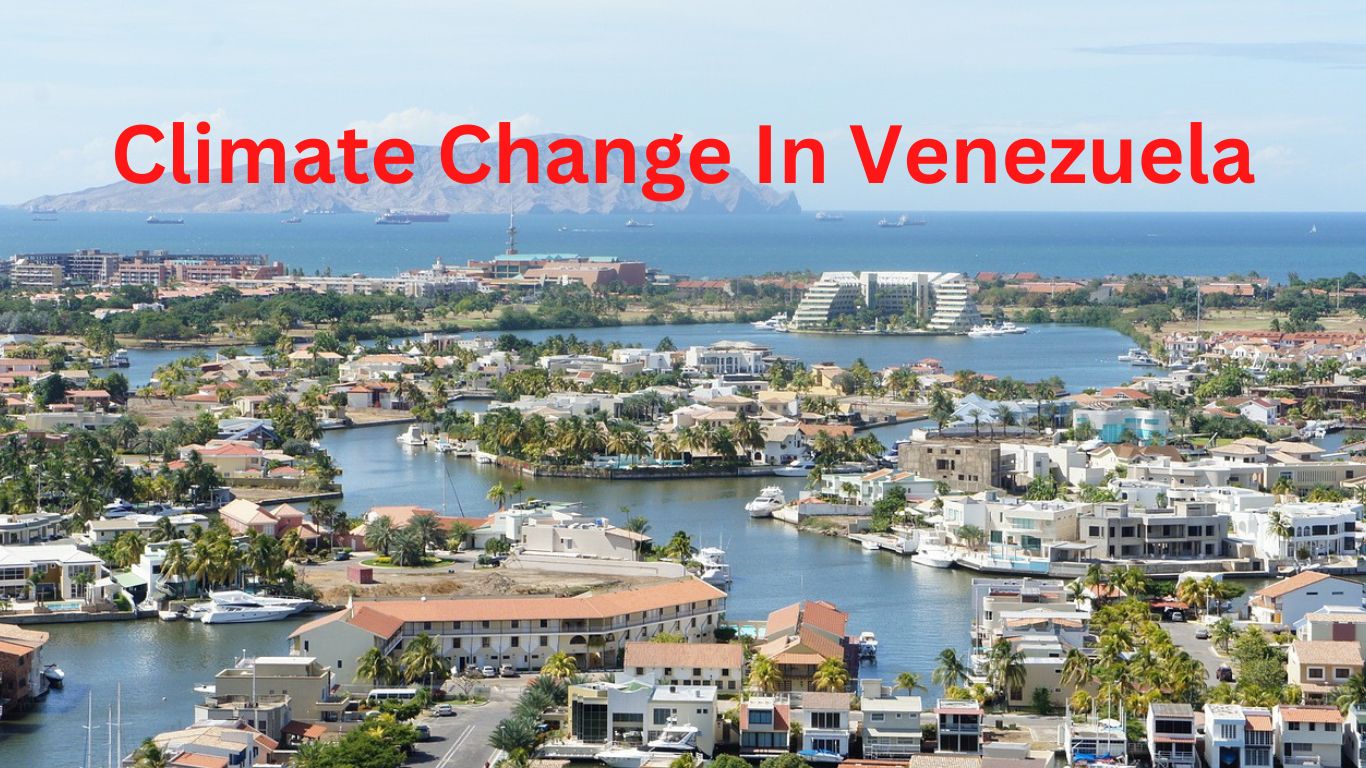Climate Change In Venezuela
[lwptoc borderColor=”#8224e3″]
The climate of the Earth is changing, and it is anticipated that this trend will continue throughout the next century. The amount of greenhouse (heat-trapping) gases released globally and the degree of uncertainty in the Earth’s climate’s sensitivity to those emissions will be the key determinants of the extent of climate change beyond the next few decades.
Global annual average temperature rise might be kept to 2°C or below with considerable reductions in greenhouse gas (GHG) emissions. The increase in annual average world temperatures relative to preindustrial times, however, might reach 5°C or more by the end of this century if significant reductions in these emissions are not made.

Compared to the rate of the Earth’s naturally occurring climate variations over time, the world’s climate is still changing quickly.
Consistent evidence of a warming globe may be found in trends in the global average temperature, sea level rise, upper ocean heat content, land-based ice melt, arctic sea ice, depth of seasonal permafrost thaw, and other climate indicators.
Numerous, independent study teams from all around the world have supported and confirmed the reliability of these observed tendencies.
Climate Background in Venezuela
The yearly cycle for mean temperature and precipitation for RB’s climate zones according to the most recent climatology, 1991-2020 The Köppen-Geiger climate classification system, which classifies climates into five primary climate groups based on seasonal patterns of temperature and precipitation, is where climate zone classifications come from.
A (tropical), B (dry), C (temperate), D (continental), and E are the five major groupings (polar). A seasonal precipitation sub-group is assigned to every climate, with the exception of those in the E group (second letter).
You can see the different climate categories by moving your cursor over the legend. The visualizations are followed with a narrative review of Venezuela, the country context, and the atmosphere of RB.
Venezuela is situated on South America’s northern coast. The nation shares boundaries with the Federal Republic of Brazil to the south, the Cooperative Republic of Guyana and the Atlantic Ocean to the east, the Republic of Colombia to the west, and the Caribbean Sea to the north.
Oil exports, which make up virtually all export revenues and close to half of government revenue, are extremely important to Venezuela’s economy (2017). The estimated population of the nation in 2020 is 28.4 million.
Venezuela, where there were five glaciers in 1991 but just one now, has already seen the effects of climate change. Within a decade or two, the Humboldt glacier, the last glacier in Venezuela, is anticipated to vanish.
Current Climate in Venezuela
The climate backdrop used by RB for the current climatology, 1991-2020, was generated from actual, past observations. For the purpose of understanding projected climate change and future climate scenarios, information should be used to develop a solid understanding of the existing climate conditions.
Data for the present climatology can be shown as a time series, as regional fluctuation, or as a seasonal cycle. Both seasonal and annual data can be analyzed. Although sub-national data aggregations are accessible by clicking on a sub-national unit within a country, data display by default uses national-scale aggregation.
From the Time Period dropdown option, you can choose from more historical climatologies.
Climate Change and Risk
Based on the interaction of climate-related hazards (including dangerous events and trends), vulnerability of communities (susceptibility to harm and lack of capacity to adapt), and exposure of human and environmental systems, the overall risks from climate-related impacts are assessed.
[lwptoc borderColor=”#1e73be”]
Hazards, exposure, and susceptibility are influenced by changes in the climatic system as well as socioeconomic processes, including adaptation and mitigation measures (IPCC Fifth Assessment Report, 2014).
This section gives an overview of the major natural disasters and the socioeconomic effects they have in a particular nation. Furthermore, it enables rapid assessment of the most vulnerable locations by spatially comparing data on natural hazards with data on development, thereby identifying sensitive livelihoods and natural systems.
recentclimate – Climate Change In Venezuela , Climate Change In Venezuela update , Global Climate Change , Climate Change In Venezuela Today , Climate Change In Venezuela City
